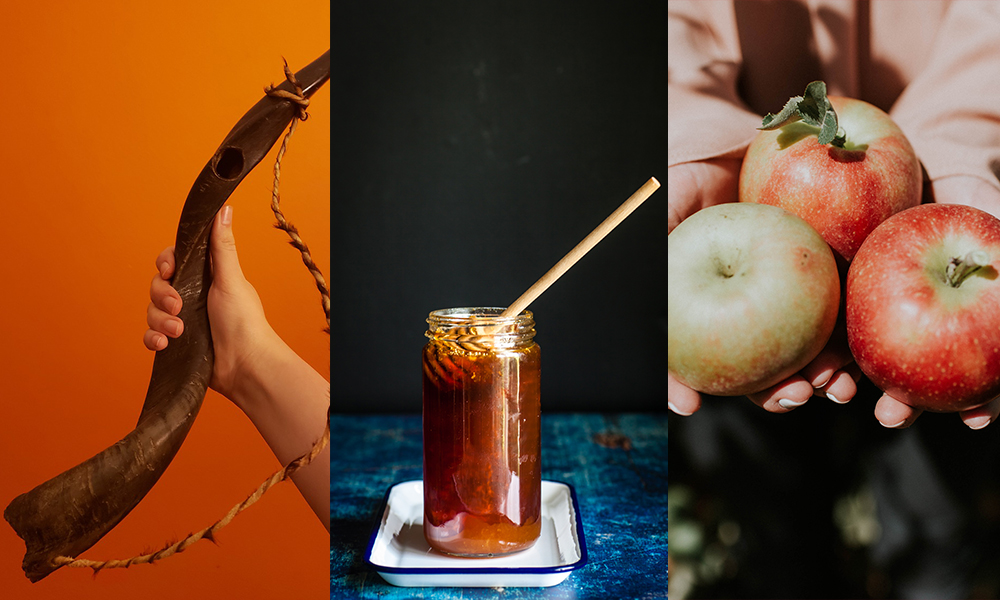It’s almost time for Rosh Hashanah, the sweetest holiday of the year. In case you need a little easing into the holiday spirit, here’s culinary columnist and author of 1,000 Jewish Recipes Faye Levy to remind us of the significance of the holiday table and share a few of her favorite dishes. Shana Tovah!
What is the significance of eating apples with honey?
It’s simply that you dip apples in honey to symbolize a sweet New Year. “Have a good and sweet New Year” is the traditional Rosh Hashanah greeting. According to Biblical scholars, the “honey” available at the time of the Bible was date honey, not bee honey, and so in our family we also use date honey (also called silan or date molasses) for dipping apples, in addition to regular bee honey.
Is there significance to some of the other, lesser-known Rosh Hashanah dishes?
Many Jews don’t know about the prayers said over certain ingredients in a special Rosh Hashanah “Seder.” The ingredients are tasted one by one, and a blessing is said over each. For example:
For fish, the blessing expresses the wish that we be fruitful and multiply like fish. Another blessing for fish is that “we should be heads, not tails.” For pomegranate seeds: May our mitzvot (good deeds) be as numerous as the seeds in a pomegranate. With leeks, there is a blessing asking for divine protection. With black eyed peas, “may our merits increase.”
Not everyone is aware that some people avoid certain ingredients, such as lemon juice and vinegar, because we want a sweet year, not a sour one.
What are a few of your favorite Rosh Hashanah dishes?
One favorite of mine is apple wedges dipped in silan (date honey or date molasses) alongside the usual bee honey. I also like apples baked into honey cake instead of plain honey cake.
For the menu, we like to use sweet squashes, especially kabocha, which is also known as Japanese pumpkin. It tastes like a cross between a butternut squash and a sweet potato. The last time my relatives came we baked the squash and combined it with lightly cooked zucchini and Chinese long beans and flavored it with olive oil, salt and pepper. It’s not a traditional dish but the squash gives that Rosh Hashanah sweetness.
I also love rice pilaf with sauteed onions, almonds and dried fruit such as golden raisins or dried cranberries.
Moment Magazine participates in the Amazon Associates program and earns money from qualifying purchases.

